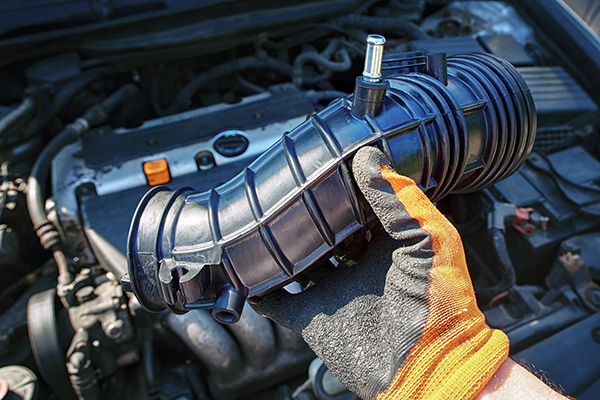
Your car’s oxygen sensor plays a big role in engine performance and fuel efficiency. It monitors the amount of oxygen in your vehicle’s exhaust gases and sends this information to the engine’s computer, which then adjusts the air-fuel mixture for optimal combustion. When the oxygen sensor begins to fail, it can cause a range of problems that affect how your car runs and how much fuel it uses. Understanding the warning signs can help you address issues early and avoid bigger repairs down the road.
Check Engine Light Illuminates
One of the first and most common signs of a bad oxygen sensor is the check engine light turning on. Because the oxygen sensor affects engine efficiency and emissions, your vehicle’s onboard diagnostics system will detect any irregularities and alert you.
While the check engine light can come on for many reasons, a faulty oxygen sensor is a frequent culprit. A professional diagnostic scan is needed to confirm the exact cause, but ignoring the light can lead to reduced fuel economy and increased emissions.
Decreased Fuel Efficiency
A failing oxygen sensor can send incorrect data to the engine control unit (ECU), causing it to miscalculate the air-fuel mixture. When this happens, your car may run too rich (too much fuel) or too lean (too much air). Running rich is more common and results in higher fuel consumption, meaning you’ll find yourself stopping at the pump more often.
If you notice your fuel mileage dropping unexpectedly and you haven't changed your driving habits, a faulty oxygen sensor could be to blame.
Rough Engine Idle and Misfires
A bad oxygen sensor can cause an unstable air-fuel mixture, which leads to rough idling, engine hesitation, or misfires. You might feel the engine shaking or notice it struggling to maintain a steady idle when stopped.
Misfires can also occur during acceleration and make your car feel less responsive. These issues not only reduce performance but can also damage the catalytic converter over time, leading to more expensive repairs.
Failed Emissions Test
If your car has a faulty oxygen sensor, it might not properly regulate the emissions system, which can result in higher levels of pollutants being released. This often leads to failing an emissions test, which can prevent you from renewing your vehicle registration in areas that require testing.
A functioning oxygen sensor helps keep emissions within legal limits and ensures your vehicle meets environmental standards.
Black Smoke from Exhaust
When the engine runs too rich due to incorrect oxygen sensor readings, it can cause unburned fuel to enter the exhaust system. This unburned fuel may produce black smoke from your tailpipe and a strong smell of gasoline.
This is not only harmful to the environment but also a clear indication that your engine isn’t operating efficiently and needs immediate attention.
Engine Performance Problems
A faulty oxygen sensor can cause various performance problems beyond rough idling and misfires. You might notice sluggish acceleration, loss of power, or stalling while driving. These issues can make driving unpredictable and potentially unsafe, especially in situations that require quick acceleration or merging onto highways.
If your vehicle doesn’t respond the way it should, it’s important to have it inspected promptly.
The Importance of Early Diagnosis
Ignoring the signs of a bad oxygen sensor can lead to further engine and exhaust system damage, reduced fuel economy, and higher repair costs down the line. Replacing an oxygen sensor is usually far less expensive than repairing a damaged catalytic converter or other engine components affected by running too rich or too lean.
Regular maintenance and paying attention to early symptoms are key to keeping your car running smoothly and efficiently.
Get Your Oxygen Sensor Checked at Rocky Mountain Car Care in Broomfield, CO
If you've noticed any of these warning signs, don’t wait to have your car checked. The expert technicians at Rocky Mountain Car Care in Broomfield, CO, can diagnose and replace a faulty oxygen sensor before it leads to more serious problems. Schedule an appointment today and keep your engine performing at its best while saving money at the pump.